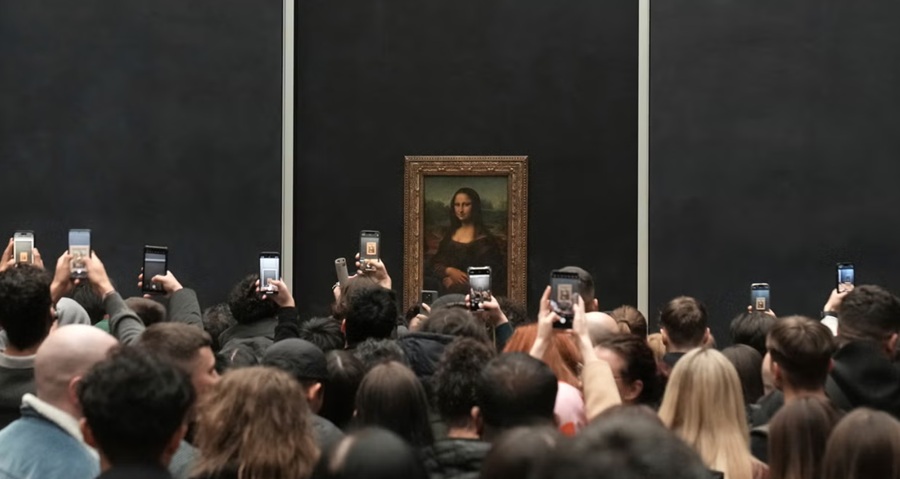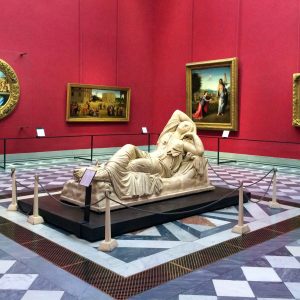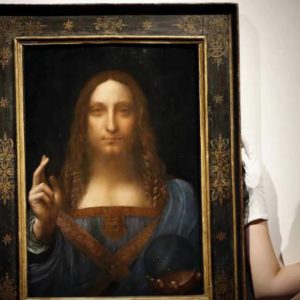French President Emmanuel Macron has described his ambitious renovation plan for the Louvre as the museum’s “new renaissance.” On Tuesday, he announced major reforms aimed at modernising the historic site, including a separate room for the Mona Lisa.
The Louvre overhaul will address plumbing issues, leaks, and fluctuating temperatures that threaten the preservation of artworks. More significantly, the plan includes relocating Leonardo da Vinci’s Mona Lisa, building a new entrance, and increasing ticket prices for visitors from outside the European Union.
A Major Shift for the World’s Most Famous Painting
Macron confirmed the Mona Lisa will no longer be displayed in the Hall of States, where it currently hangs opposite Veronese’s The Wedding at Cana. Instead, the painting will be placed in an independent exhibition space, requiring a separate ticket for access.
“The Louvre deserves big thinking, as it is a unique museum in the world,” Macron stated during his speech in front of the iconic portrait. The decision to relocate Mona Lisa aims to ease congestion, as the museum receives around nine million visitors annually, many flocking to see da Vinci’s masterpiece.
A Costly Transformation Amid Austerity
The planned renovation is the most significant since the construction of the Louvre’s glass pyramid in the 1980s. A new grand entrance on the museum’s eastern wing will be designed through an international competition, with completion set for 2031. Additional upgrades will extend to the Louvre Carousel and the Tuileries Gardens.
The project, expected to cost between 700 and 800 million euros, will be largely funded by the museum’s own revenues, international projects such as the Louvre Abu Dhabi, and corporate sponsorships. The French government will contribute only a minor portion.
Ticket prices will rise for non-EU visitors starting in January 2026, though officials anticipate annual visitor numbers to grow from nine to 12 million by 2030.
The Legacy of the Mona Lisa
Leonardo da Vinci’s Mona Lisa (La Gioconda), painted between 1503 and 1506, is one of the most celebrated artworks in history. Its fame stems from its mysterious expression, fine detail, and the artist’s pioneering use of sfumato, a technique that creates soft transitions between colours and tones.
The painting was acquired by King Francis I of France after the death of da Vinci, and has been housed in the Louvre since the late 18th century. Its 1911 theft by Vincenzo Peruggia, who attributed his actions to Italian patriotism, and subsequent recovery in 1914, generated unprecedented publicity for an art theft. The painting also survived an acid attack in 1956. Today, it remains a focal point for millions of art lovers visiting Paris each year, many of whom are surprised by its size – only 77cm by 53cm.





